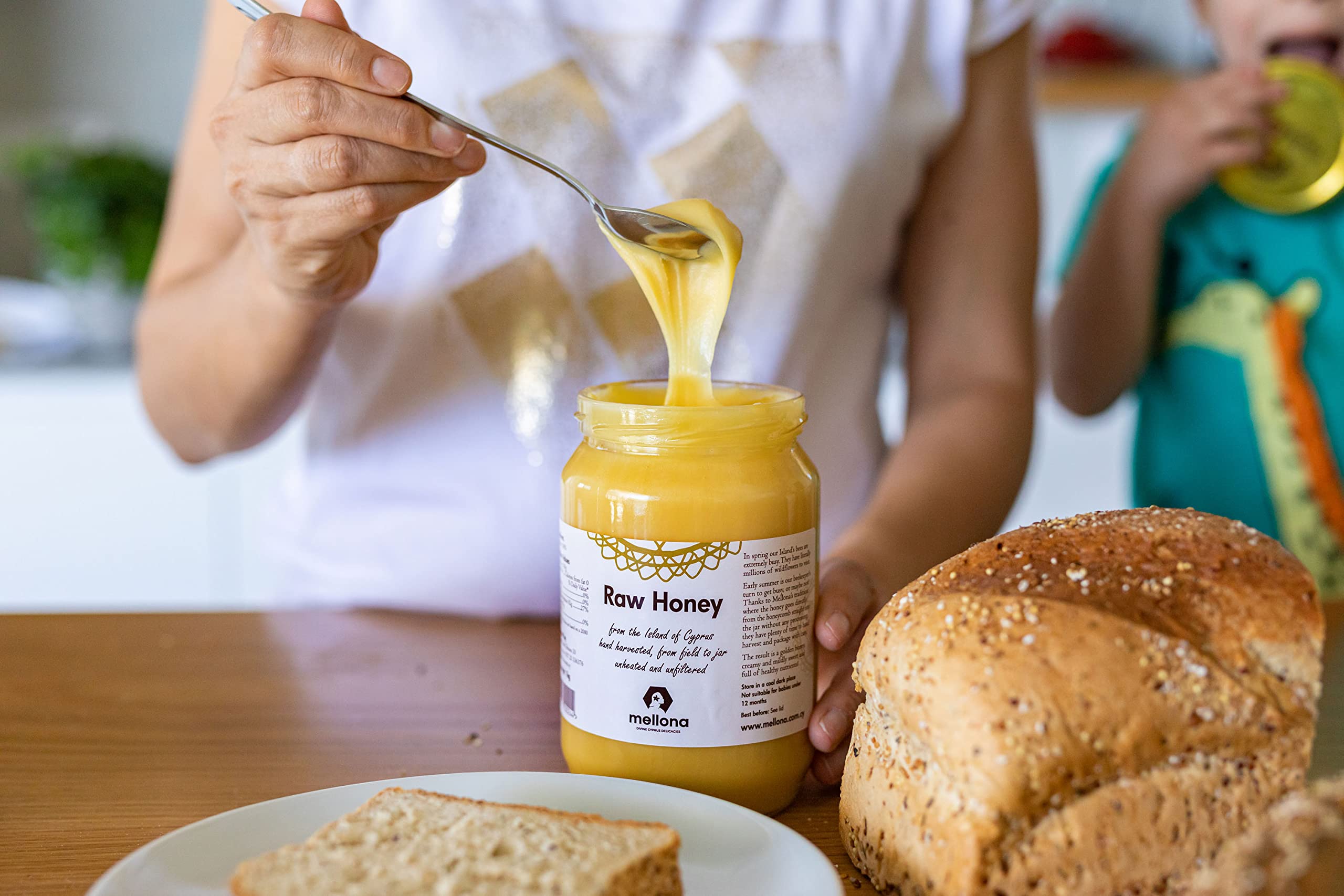

Articles
How To Store Creamed Honey
Modified: January 6, 2024
Learn the best methods for storing creamed honey in this comprehensive article. Discover tips and tricks to ensure your honey stays fresh and delicious for longer.
(Many of the links in this article redirect to a specific reviewed product. Your purchase of these products through affiliate links helps to generate commission for Storables.com, at no extra cost. Learn more)
Introduction
Welcome to our guide on how to store creamed honey properly. Creamed honey is a delicious and versatile sweet treat that is enjoyed by many. Its thick, creamy texture and smooth consistency make it a popular choice for spreading on toast, adding to beverages, or using as a natural sweetener in recipes.
But have you ever wondered how to properly store creamed honey to make sure it stays fresh and maintains its quality? In this article, we will explore the best practices for storing creamed honey, including the recommended storage containers, temperature and humidity conditions, and how to avoid contamination.
By following the guidelines outlined in this article, you can ensure that your creamed honey remains tasty and enjoyable for an extended period of time. So let’s jump right in and learn how to store creamed honey like a pro!
Key Takeaways:
- Properly storing creamed honey is essential to maintain its freshness, texture, and taste. Follow temperature and humidity guidelines, use recommended containers, and avoid contamination to enjoy this sweet treat for an extended period.
- Regularly inspect creamed honey for signs of spoilage, such as off odors, unusual colors, texture changes, mold growth, or unusual taste. Proper storage and handling practices can help preserve the quality and safety of this delicious treat.
Read more: How To Store Honey
What is Creamed Honey?
Creamed honey, also known as whipped honey or spun honey, is a type of honey that has been crystallized to create a smooth, spreadable texture. Unlike liquid honey, which can be runny and messy, creamed honey has a thick, creamy consistency that makes it perfect for spreading on bread or adding to your favorite dishes.
The process of creating creamed honey involves controlling the crystallization of the honey by carefully controlling the temperature and moisture conditions. The honey is allowed to crystallize slowly, forming fine crystals that give it its unique texture.
One important thing to note is that creamed honey is not the same as whipped or flavored honey. Whipped honey is honey that has been whipped to incorporate air, creating a lighter and fluffier texture. Flavored honey, on the other hand, is honey that has been infused with various flavors, such as cinnamon or lavender.
Creamed honey is loved by many for its smooth texture, spreadability, and ability to stay in place without dripping. It is a popular choice for those who enjoy honey on toast, biscuits, or as an ingredient in desserts and baked goods.
It is worth mentioning that creamed honey may appear lighter in color compared to liquid honey due to the fine crystallization process. However, this variation in color does not affect the taste or quality of the honey.
Now that we have a good understanding of what creamed honey is, let’s dive into the importance of storing it properly to maintain its freshness and quality.
Why Store Creamed Honey Properly?
Properly storing creamed honey is essential to ensure its freshness, quality, and taste. Here are a few reasons why you should pay attention to the storage of your creamed honey:
- Prolongs Shelf Life: Creamed honey, like any other food product, has a limited shelf life. By storing it properly, you can extend its freshness and ensure that it remains enjoyable for a longer period of time. Improper storage can lead to spoilage, flavor degradation, and a shortened shelf life.
- Preserves Texture: Creamed honey’s unique creamy texture is one of its main attractions. Proper storage helps maintain this texture, ensuring that it stays smooth and spreadable. Incorrect storage conditions, such as exposure to heat or extreme temperatures, can cause the creamed honey to become too runny or grainy in texture.
- Retains Flavor and Aroma: Creamed honey has a distinctive flavor and aroma that can be easily affected by external factors. Adequate storage protects it from absorbing odors and flavors from its surroundings, ensuring that the flavor profile of the honey remains intact.
- Prevents Crystallization: While creamed honey is intentionally crystallized to achieve its desired consistency, improper storage conditions can lead to rapid and uneven crystallization. This can result in a gritty texture that is less appealing. Proper storage helps prevent excessive crystallization and maintains a smooth, creamy consistency.
- Maintains Nutritional Value: Honey is known for its nutritional benefits, including antioxidants and antibacterial properties. Correct storage keeps the honey in optimal condition, ensuring that it retains its nutritional value over time.
By investing a little time and effort in storing your creamed honey properly, you can enjoy its delicious taste, texture, and benefits for an extended period. Now that we understand the importance of proper storage, let’s delve into the guidelines for storing creamed honey.
General Guidelines for Storing Creamed Honey
To ensure the longevity and quality of your creamed honey, it is important to follow these general guidelines for proper storage:
- Store in a Cool and Dry Place: Creamed honey should be stored in a cool, dry location away from direct sunlight and heat sources. Exposure to heat can cause the honey to become runny or lose its creamy texture. The ideal temperature for storing creamed honey is between 50°F (10°C) and 70°F (21°C).
- Seal the Container Properly: Ensure that the container holding the creamed honey is tightly sealed to prevent air from entering and moisture from escaping. This helps maintain the texture and prevents unwanted moisture absorption.
- Avoid Refrigeration: Unlike liquid honey, creamed honey does not require refrigeration. Refrigeration can cause the honey to harden and become difficult to spread. It can also lead to the absorption of flavors from other foods in the refrigerator. It is best to store creamed honey at room temperature.
- Keep Away from Strong Odors: Creamed honey can easily absorb odors from its surroundings. It is important to store it away from strong-smelling items, such as spices, onions, or cleaning chemicals. This will help preserve the natural aroma and flavor of the honey.
- Avoid Freezing: Freezing creamed honey can alter its texture and cause crystallization. It is best to keep creamed honey at a consistent temperature above freezing point to maintain its original quality.
Following these general guidelines can help extend the shelf life of your creamed honey while preserving its taste, texture, and quality. Next, let’s discuss the recommended storage containers for creamed honey.
Recommended Storage Containers
Choosing the right storage container for your creamed honey is crucial for maintaining its freshness and quality. Here are a few options for recommended storage containers:
- Glass Jars: Glass jars are a popular choice for storing creamed honey. They are non-reactive, meaning they won’t affect the flavor or quality of the honey. Glass jars also offer airtight seals, keeping the honey protected from moisture and external elements. Clear glass jars allow you to see the beautiful texture of the creamed honey, while amber or dark-colored glass jars can protect the honey from light exposure.
- Food-Grade Plastic Containers: Food-grade plastic containers, such as PET or HDPE, can also be used for storing creamed honey. These containers are lightweight and durable, making them convenient for transportation. Look for containers labeled as food-safe and ensure they have airtight lids to maintain the freshness of the honey.
- Metal Tins: Metal tins can be a great option for storing creamed honey, especially if you prefer a more rustic and vintage look. Tin containers provide good protection against light and moisture. Look for food-grade tins with tight-fitting lids to preserve the quality of the honey.
- Ceramic Jars: Ceramic jars are not only aesthetically pleasing but also offer excellent insulation for storing creamed honey. They help protect the honey from temperature fluctuations. Look for ceramic jars with sealed lids to ensure proper storage.
- Airtight Plastic Wrap or Aluminum Foil: If you don’t have dedicated storage containers, you can temporarily wrap the creamed honey tightly with airtight plastic wrap or aluminum foil. This will help protect the honey from air, moisture, and odors. However, it’s best to transfer the honey into a proper container for long-term storage.
Remember to clean the storage containers thoroughly before transferring the creamed honey to prevent any contamination. It’s also a good idea to label each container with the date of storage to keep track of its freshness.
Now that you know the recommended storage containers for creamed honey, let’s move on to discussing the optimal temperature and humidity conditions for storage.
Store creamed honey in a cool, dry place away from direct sunlight to prevent it from melting or becoming too runny. Keep it tightly sealed to prevent moisture from affecting its texture.
Read more: How To Store Honey Properly
Temperature and Humidity Conditions
The ideal temperature and humidity conditions for storing creamed honey play a crucial role in maintaining its quality and preventing spoilage. Here are some important points to consider:
- Temperature: Creamed honey should be stored at a cool and consistent temperature, ideally between 50°F (10°C) and 70°F (21°C). Avoid extreme temperature fluctuations and exposure to heat sources, as this can affect the texture and quality of the honey. Extremely high temperatures can cause the creamed honey to become too runny, while low temperatures may cause it to harden.
- Humidity: Creamed honey is hygroscopic, meaning it can absorb moisture from its surroundings. It is important to store creamed honey in a dry environment to prevent the honey from becoming overly moist. Excessive moisture can lead to fermentation or spoilage. Aim for moderate humidity levels, ideally below 60%, to ensure the honey remains stable and fresh.
- Avoid Direct Sunlight: Direct exposure to sunlight can lead to temperature fluctuations and cause the creamed honey to degrade faster. It is best to store creamed honey in a dark, cool place or in opaque containers that offer protection against light. This helps preserve the flavor, color, and nutritional properties of the honey.
- Avoid Moisture Condensation: Condensation can occur when there is a sudden change in temperature or humidity. To prevent moisture from forming inside the storage container, make sure the creamed honey is at room temperature before sealing. Avoid placing the honey in a cold environment immediately after taking it out from a warm place.
- Prevent Exposure to Water: Keep creamed honey away from water or any liquid to avoid dilution or unwanted moisture absorption. Ensure that the containers are tightly sealed to prevent any water or liquid from entering.
By maintaining the optimal temperature and humidity conditions, you can ensure the longevity and quality of your creamed honey. Now, let’s discuss how to prevent contamination and ensure the purity of your honey.
Avoiding Contamination
Ensuring the purity and cleanliness of your creamed honey is essential to maintain its quality. Here are some important steps to avoid contamination:
- Use Clean Utensils: When handling creamed honey, always use clean and dry utensils to prevent introducing foreign particles or contaminants. This includes spoons, knives, or spatulas for scooping or spreading the honey.
- Keep the Container Sealed: Properly seal the container after each use to minimize exposure to air, dust, and potential contaminants. This will also help maintain the flavor and texture of the creamed honey.
- Store Away from Strong Odors: Creamed honey easily absorbs odors from its surroundings. Keep it away from strong-smelling substances like spices, cleaning agents, or pungent foods to prevent the honey from taking on unwanted flavors or aromas.
- Avoid Double-Dipping: To prevent cross-contamination, avoid double-dipping or using the same utensil for different food items. If you need to sample creamed honey, use a separate, clean utensil each time.
- Keep Away from Moisture: Moisture can lead to fermentation and spoilage of creamed honey. Make sure the storage area is dry, and the container is tightly sealed to prevent any moisture from entering.
- Store in a Clean Environment: Store creamed honey in a clean area, away from potential sources of dirt, insects, or pests. Regularly clean and inspect the storage area to ensure a hygienic environment for your honey.
- Check for Mold: Periodically inspect the creamed honey for any signs of mold. If you notice any discoloration or mold growth, discard the honey immediately, as it is an indication of spoilage.
By following these steps, you can maintain the purity and quality of your creamed honey, ensuring a delightful experience every time you enjoy it. Now let’s explore the shelf life of creamed honey and how to identify signs of spoilage.
Shelf Life of Creamed Honey
The shelf life of creamed honey can vary depending on several factors, including the quality of the honey, storage conditions, and how well it is sealed and protected from contaminants. In general, properly stored creamed honey can have a long shelf life.
When stored in ideal conditions, creamed honey can maintain its quality for up to two years or even longer. The creaming process itself helps to preserve the honey by creating a stable crystallized structure. However, it is important to note that the actual shelf life can vary based on individual factors.
Factors that can affect the shelf life of creamed honey include:
- Quality of Honey: Honey that is of high quality, with low moisture content and minimal impurities, tends to have a longer shelf life. Choosing good quality creamed honey from reputable sources can contribute to its longevity.
- Storage Conditions: Proper storage conditions are vital for maximizing the shelf life of creamed honey. Storing it in a cool, dry place away from direct sunlight and extreme temperatures helps preserve its quality and stability over time.
- Sealing and Contamination: Ensuring the container is tightly sealed after each use and avoiding contamination will help maintain the freshness and purity of the creamed honey, prolonging its shelf life.
- Handling and Usage: The way creamed honey is handled and used can also impact its shelf life. Using clean utensils, avoiding double-dipping, and proper storage practices all contribute to its longevity.
It is important to regularly check the creamed honey for any signs of spoilage, even if it is within the expected shelf life. Pay attention to changes in color, texture, taste, or the presence of mold. If you notice any of these signs, it is best to discard the creamed honey to avoid any potential health risks.
By following proper storage procedures and being mindful of the quality and handling of the creamed honey, you can enjoy its delicious flavor and creamy texture for an extended period.
With a good understanding of the shelf life of creamed honey, let’s discuss the signs of spoilage to watch out for in the next section.
Signs of Spoilage
While creamed honey has a long shelf life when stored properly, it is important to be aware of potential signs of spoilage. Here are some common indicators that your creamed honey may have spoiled:
- Off Odor: If your creamed honey has an unusual or unpleasant odor, it may be a sign of spoilage. Fresh creamed honey has a sweet and floral aroma, so any strong or foul smell could indicate contamination or fermentation.
- Unusual Color: Creamed honey typically has a uniform color that ranges from light to dark. If you notice any significant changes in color, such as dark spots or discoloration, it may be an indication of spoilage or the presence of mold.
- Texture Changes: Creamed honey should have a smooth and creamy consistency. If you notice any graininess, crystallization that is excessively hard or gritty, or separation of liquid from the honey, it could be a sign of spoilage or improper storage conditions.
- Mold Growth: Mold growth is a clear indication of spoilage. If you observe any visible mold on the surface of the creamed honey, it is best to discard it. Mold can pose health risks and affect the quality of the honey.
- Unusual Taste: Creamed honey should have a sweet and pleasant taste. Any bitter, sour, or off flavors may indicate spoilage or fermentation. If the taste is noticeably different from what you expect, it’s best to err on the side of caution and discard the honey.
If you notice any of these signs, it is important to avoid consuming the creamed honey. Consuming spoiled honey can lead to gastrointestinal issues or other health problems. It is always better to be safe than sorry when it comes to food safety.
Regularly inspect your creamed honey for any signs of spoilage, especially if it has been stored for an extended period. When in doubt, it is advisable to discard the honey to avoid any potential risks.
Now that we have covered the signs of spoilage, let’s summarize what we’ve learned about storing creamed honey properly.
Read more: How To Store Honey Syrup
Conclusion
Properly storing creamed honey is crucial for preserving its freshness, quality, and taste. By following the guidelines outlined in this article, you can ensure that your creamed honey remains delicious and enjoyable for an extended period of time.
Remember to store creamed honey in a cool and dry place, away from direct sunlight and extreme temperatures. Use airtight containers, such as glass jars or food-grade plastic containers, to protect the honey from air, moisture, and contaminants. Avoid refrigeration, freezing, and exposure to strong odors or moisture condensation.
Maintaining the optimal temperature and humidity conditions, as well as avoiding contamination, will help prolong the shelf life of creamed honey. Regularly inspect the honey for any signs of spoilage, such as off odors, unusual colors, changes in texture, presence of mold, or unusual taste.
By taking these precautions, you can enjoy the smooth, creamy, and delectable experience of creamed honey for months or even years. Embrace the versatility of creamed honey by spreading it on toast, adding it to recipes, or simply enjoying it straight from the jar.
Now that you’re armed with the knowledge of how to store creamed honey properly, go ahead and savor the delightful flavors and textures of this beloved sweet treat!
Frequently Asked Questions about How To Store Creamed Honey
Was this page helpful?
At Storables.com, we guarantee accurate and reliable information. Our content, validated by Expert Board Contributors, is crafted following stringent Editorial Policies. We're committed to providing you with well-researched, expert-backed insights for all your informational needs.
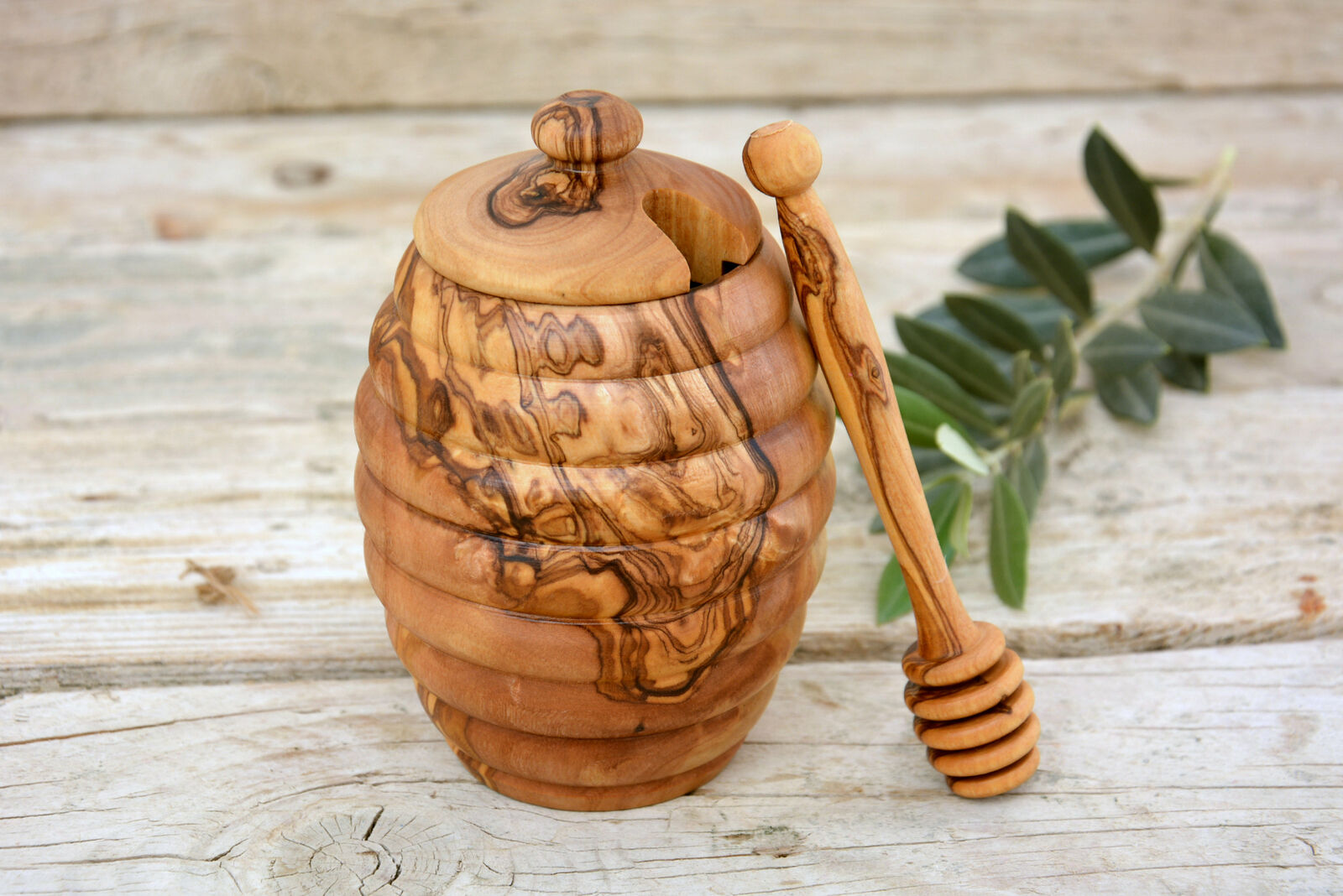
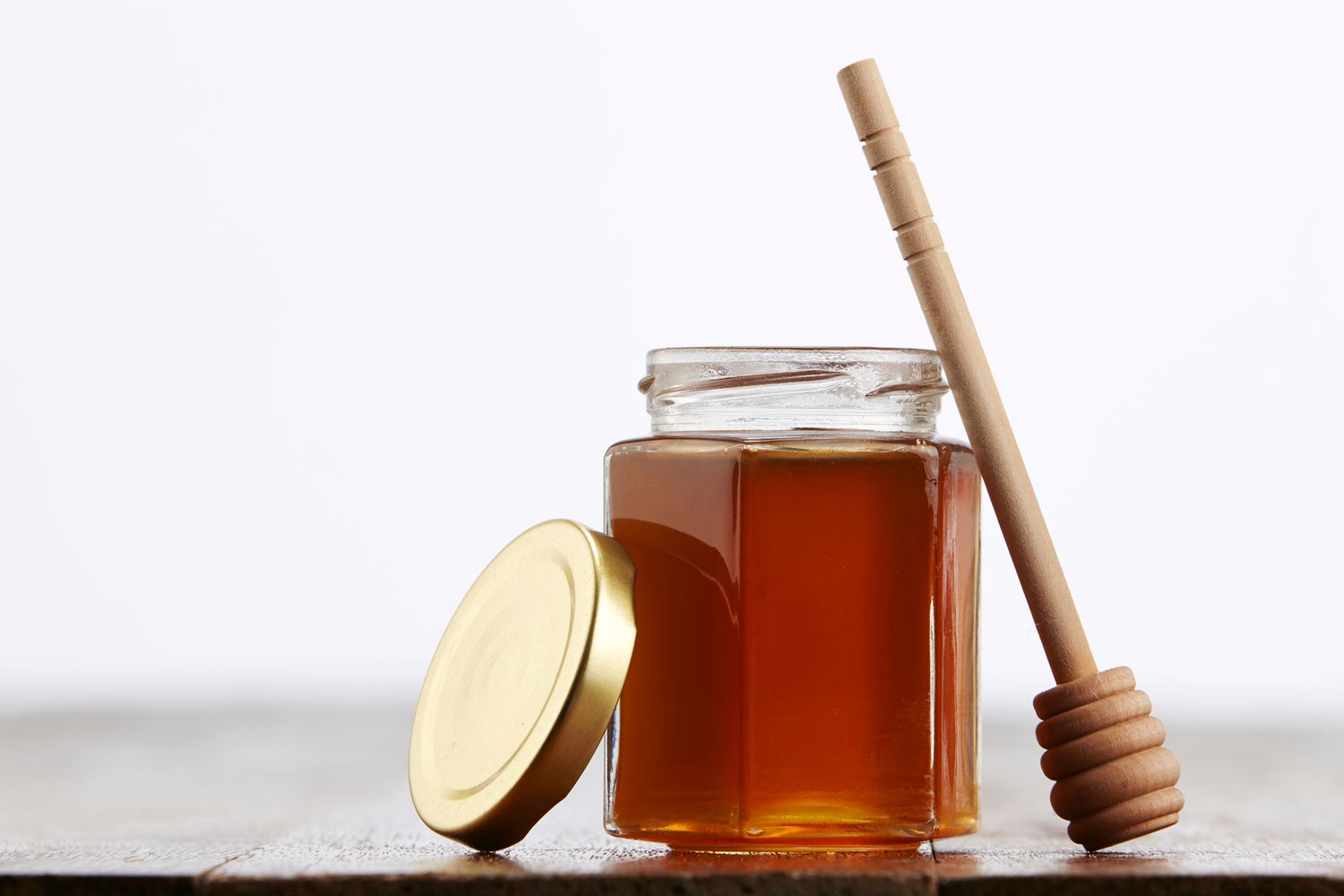
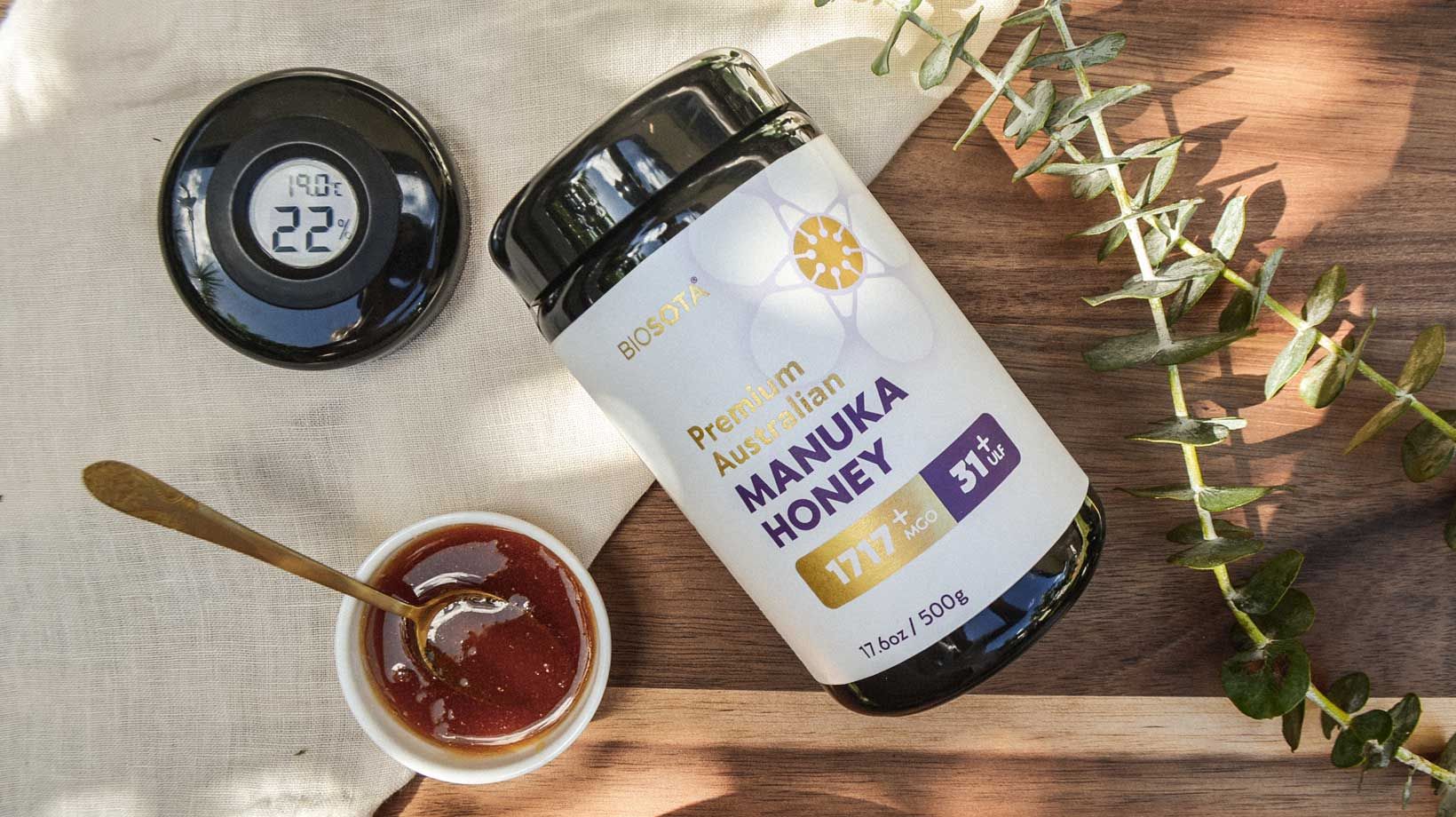
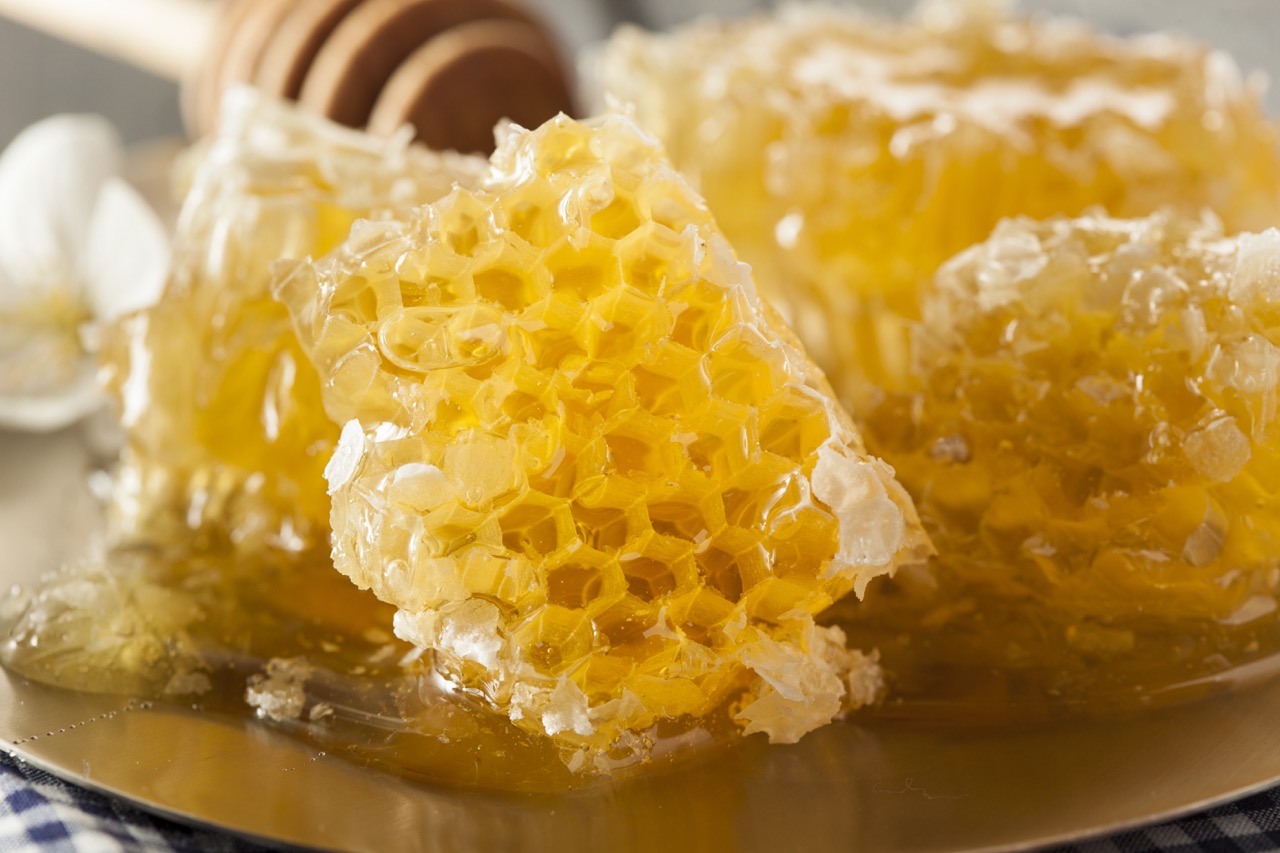
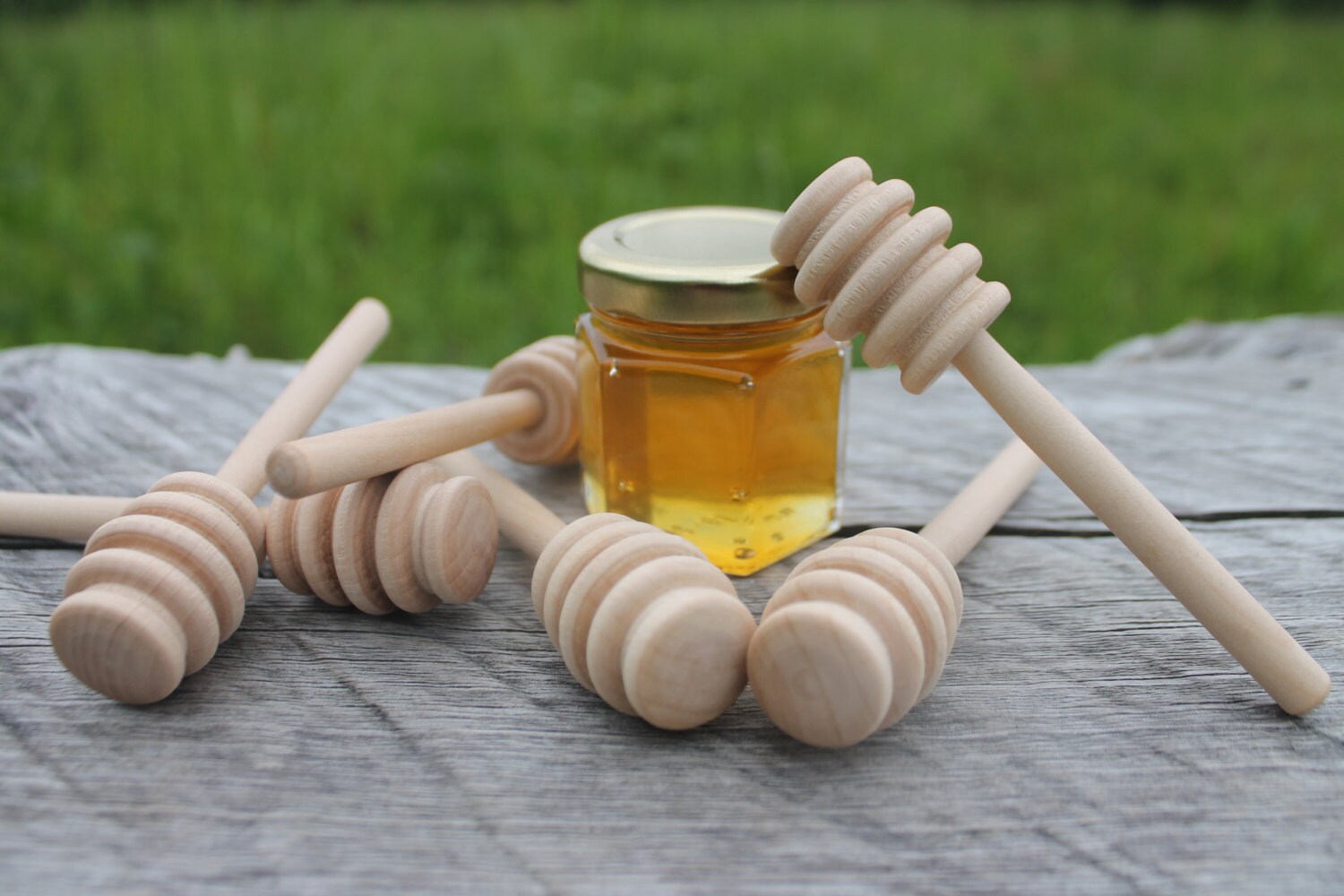
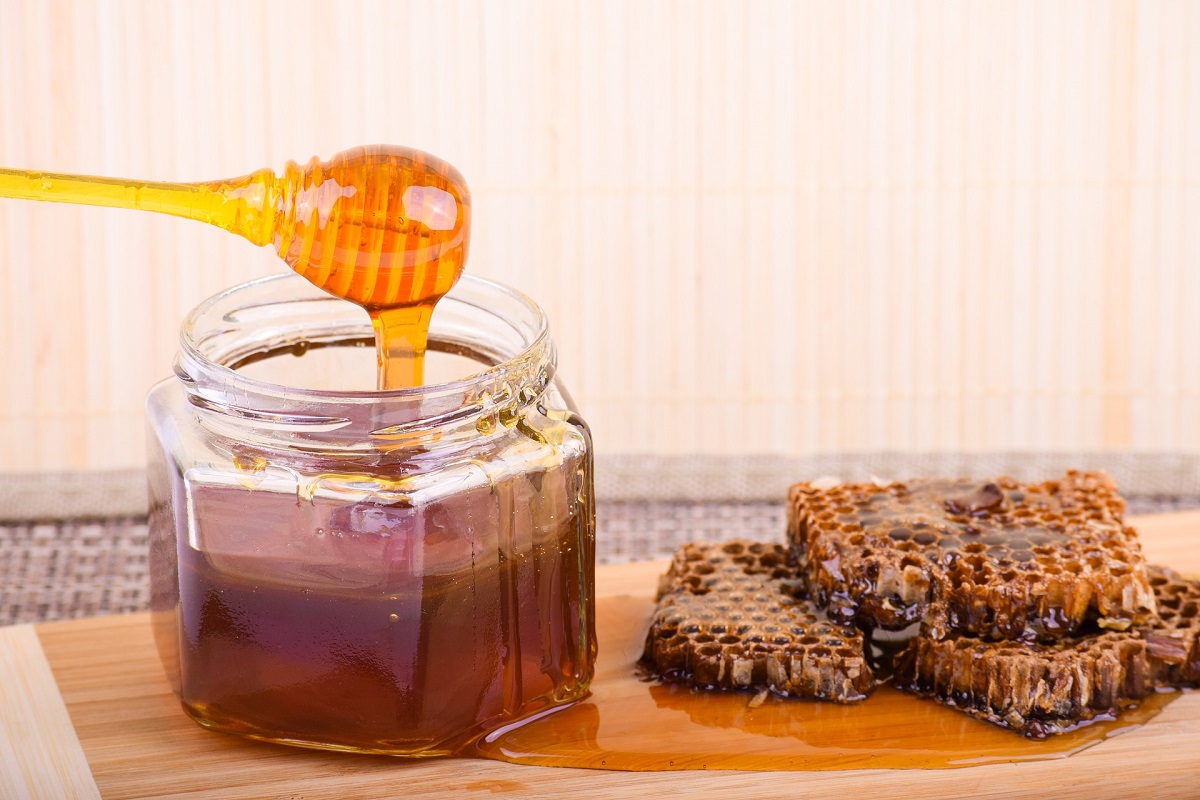
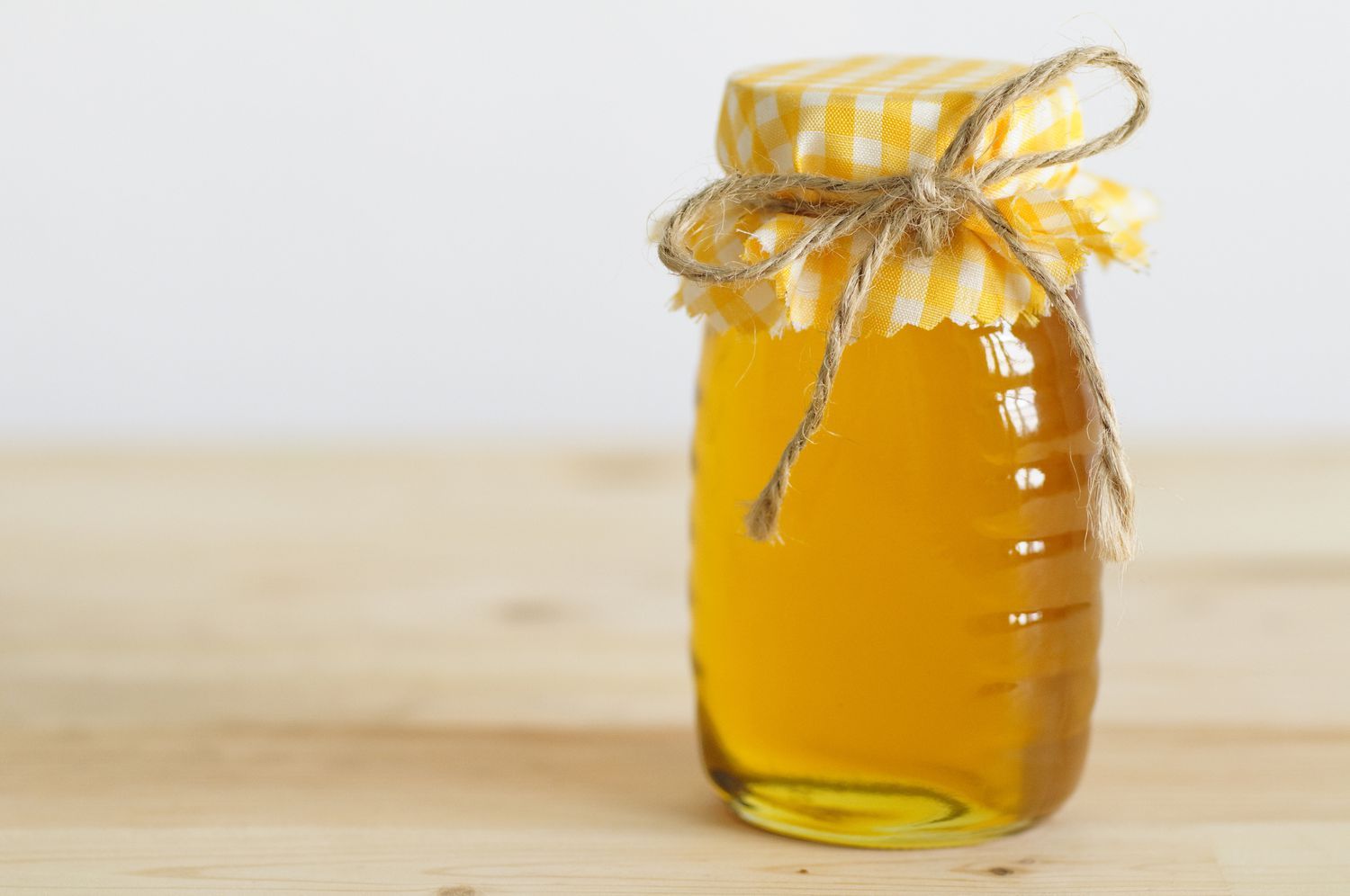
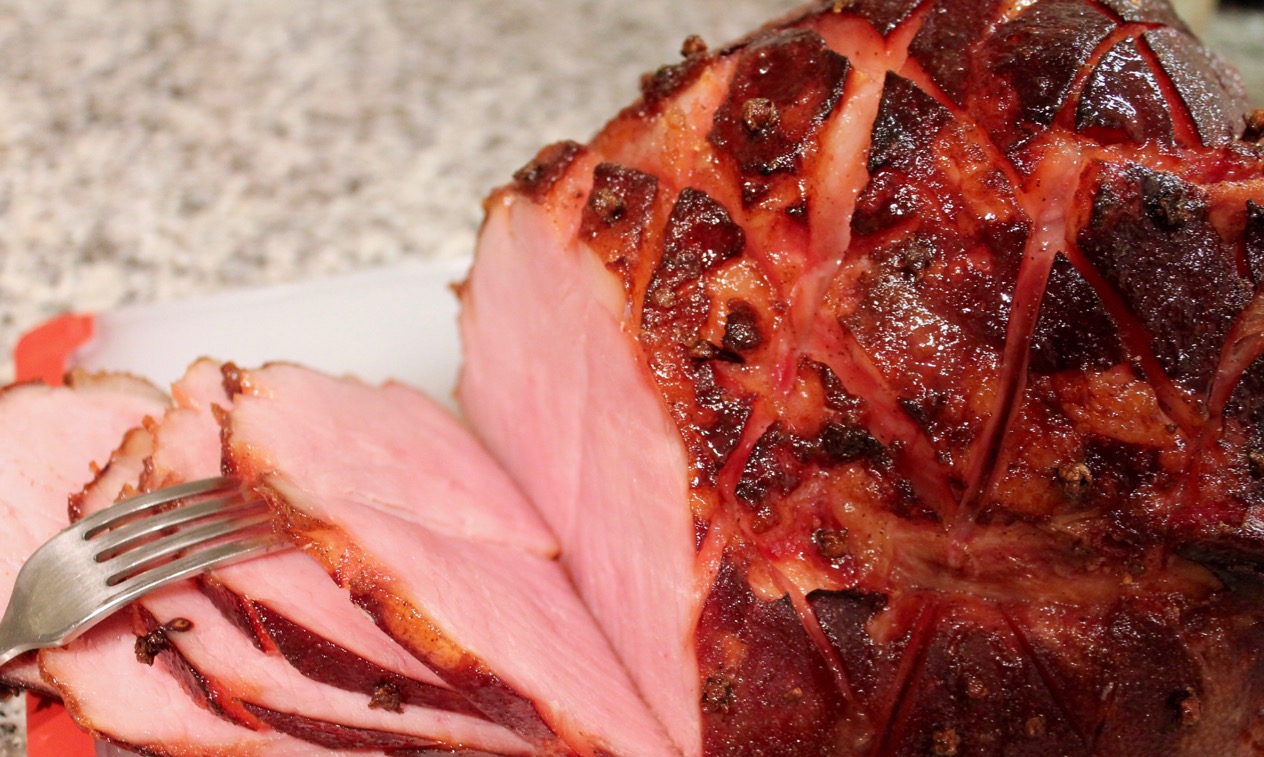
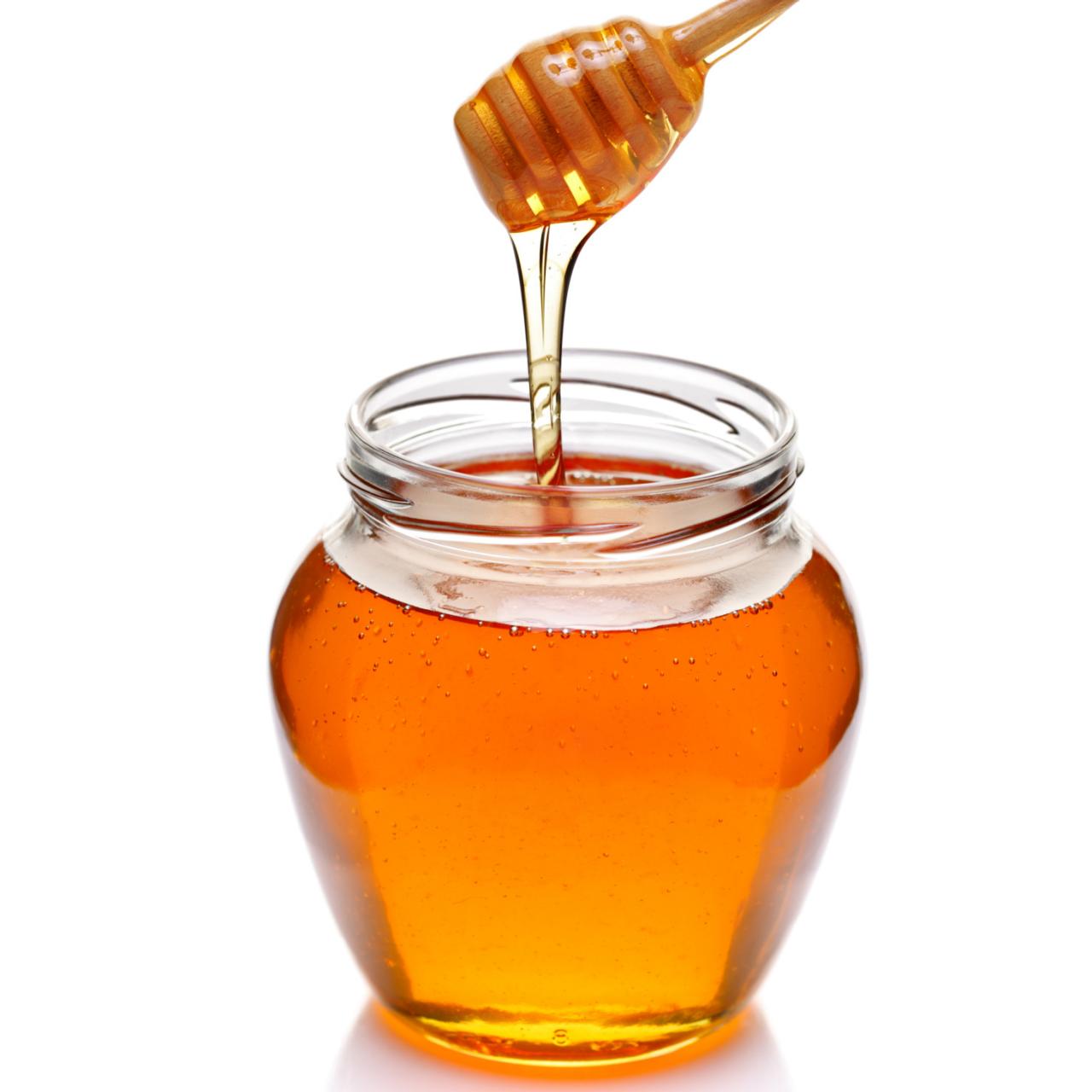
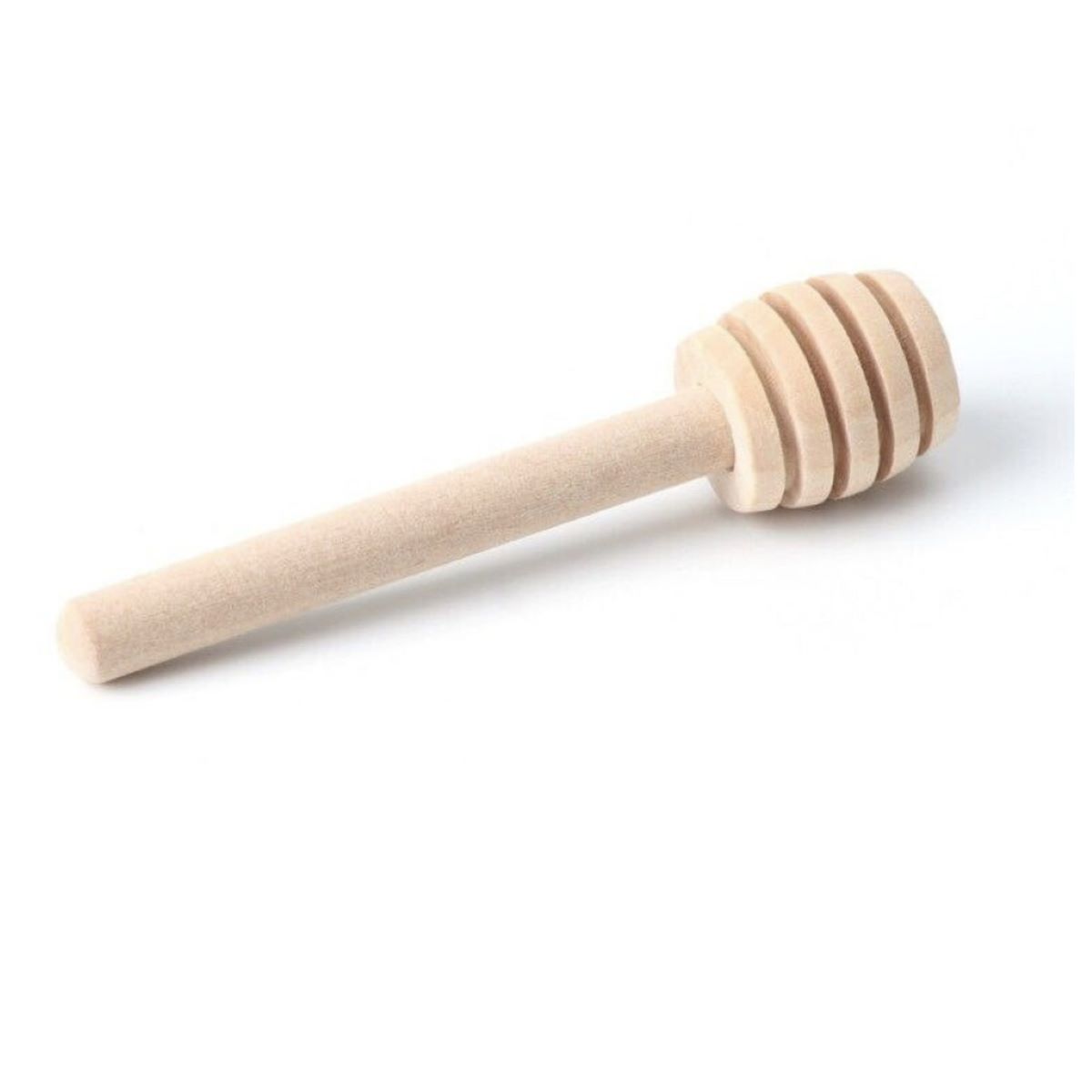
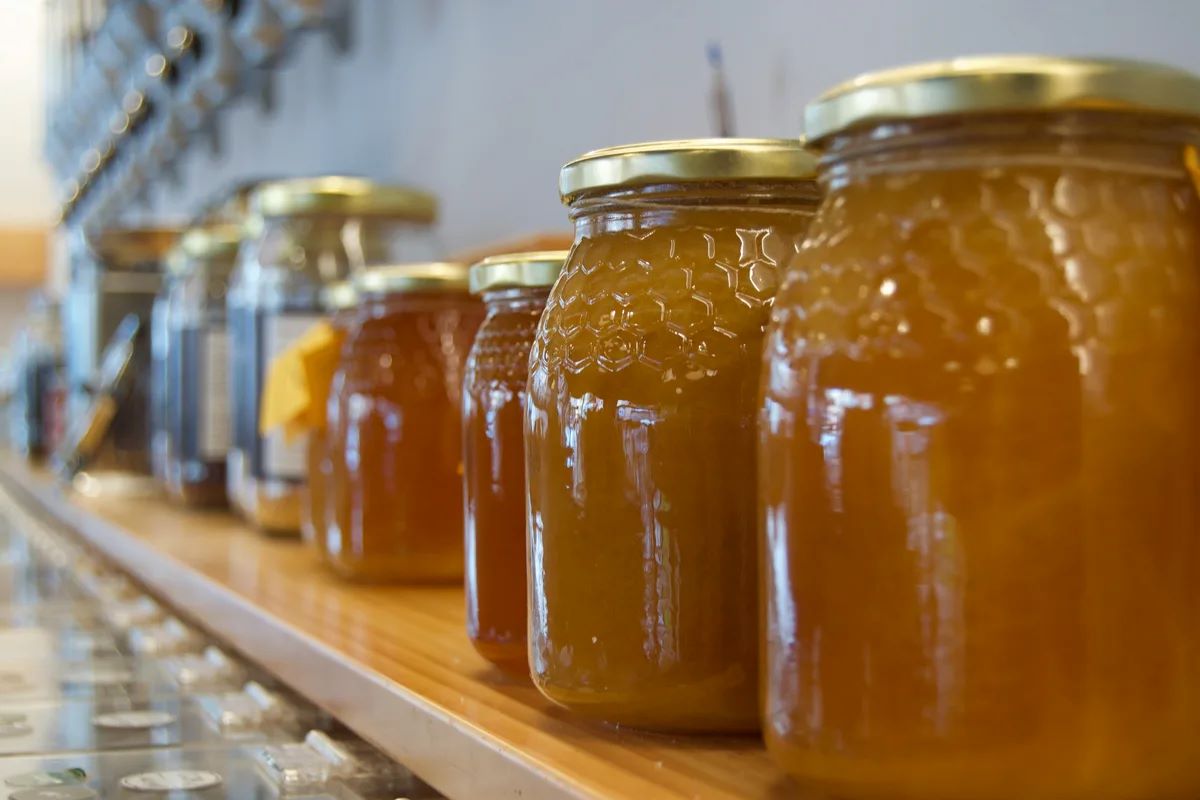
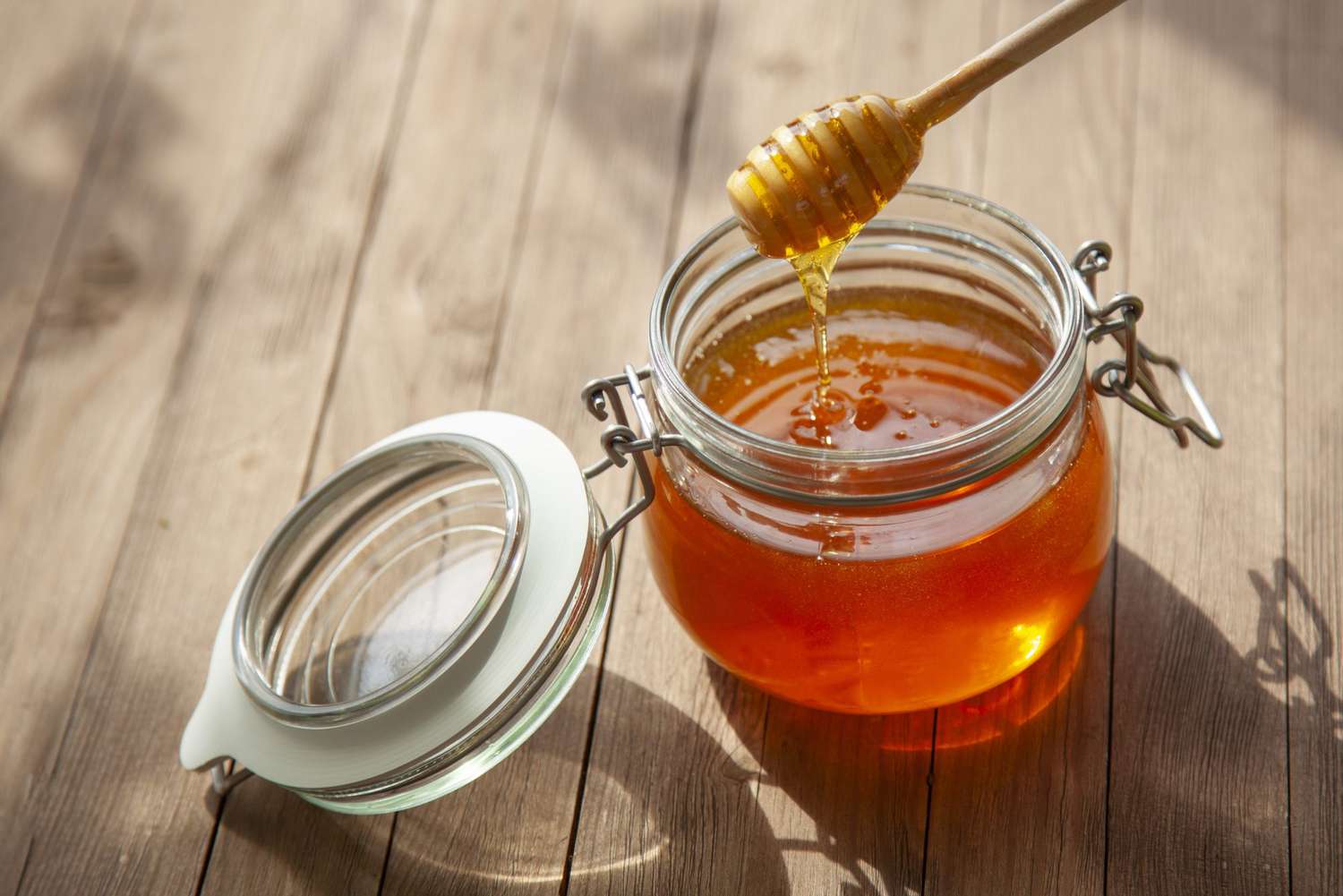


0 thoughts on “How To Store Creamed Honey”